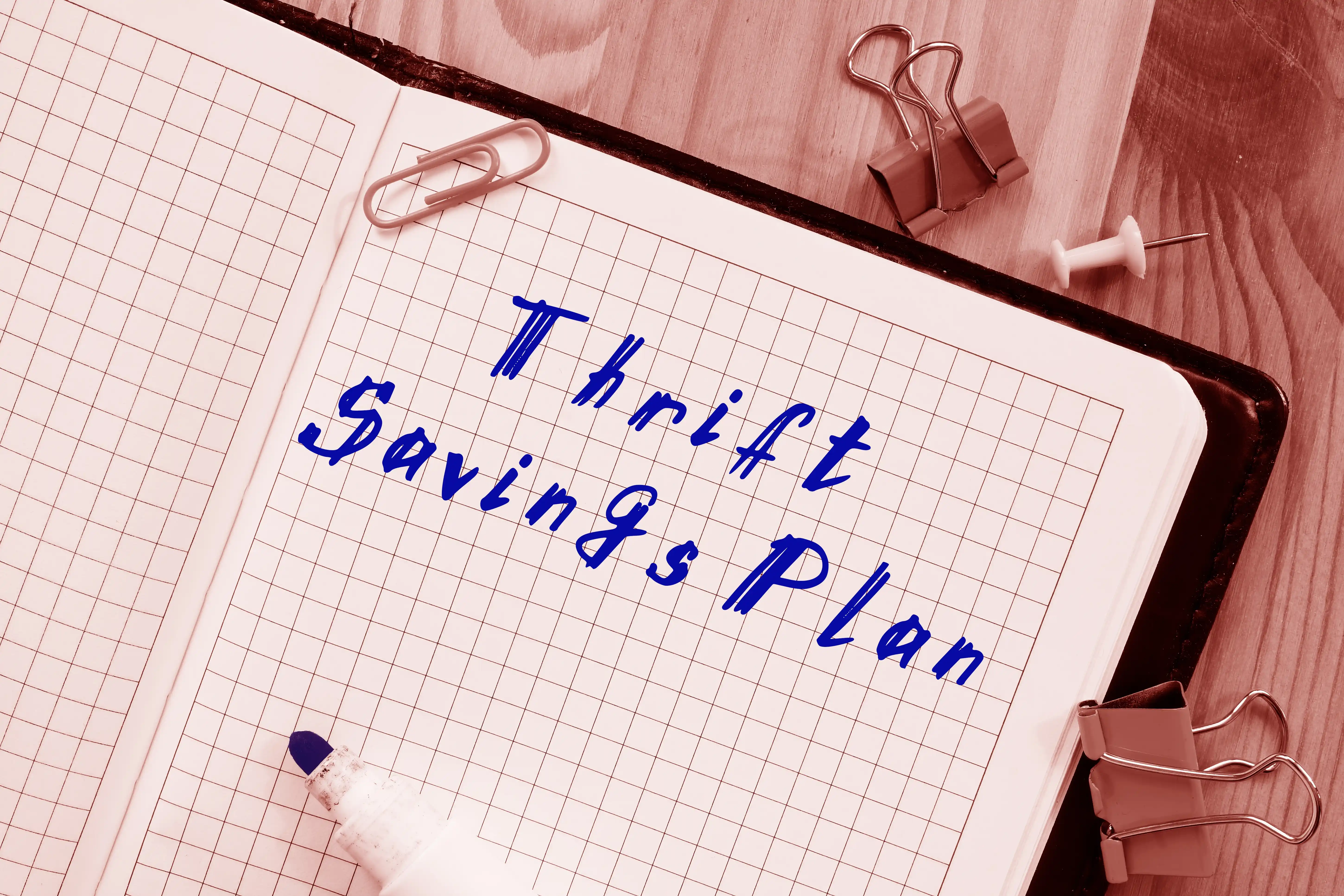TSP loans are specialized loans designed for employees of the United States federal government. They offer federal employees access to a unique loan class that uses their retirement plans to finance their borrowing needs. Financial advisors often liken them to the 401(k) loans available to members of the general public.
Yet, TSP loans differ from 401(k) loans in several important ways. Eligible borrowers also need to understand both the benefits and risks involved. This guide explains essential details about TSP loans and how to get one if you qualify.
What Are TSP Loans?
Employees of the U.S. federal governments get access to special retirement savings and investment accounts. They are known as Thrift Savings Plans or TSPs. TSPs are defined-contribution plans. This means the account holder (the government employee) and the employer (the government) both make financial contributions.
Account holders can designate the money in their TSPs to their choice of six investment funds. In this sense, TSPs function very much like 401(k) plans. TSP loans are loans that borrowers can take out against their Thrift Savings Plan accounts. They advance funds in the TSP account to the borrower, which the borrower then becomes responsible for repaying.
General Purpose TSP Loans
TSP loans come in two types. General purpose TSP loans are the first type. They are much like standard personal loans: you’re free to use the funds for anything you like.
General purpose TSP loans are the easiest type to apply for. Borrowers do not need to submit any extra documentation beyond a standard loan application.
Residential TSP Loans
The second TSP loan type is residential TSP loans. These loans are specifically designed for homebuyers and homeowners. They are subject to extra restrictions on how the funds can be used. Approved purposes include:
- Financing the purchase or construction of a primary residence.
- Financing home additions.
- Meeting the costs of home renovation or remodeling projects
Borrowers must include documents that confirm the property’s location and purchase price or market value. If the loan is financing a home purchase, the borrower must also prove their intent to buy the house.
Important!
Residential TSP loans cannot be used to prepay or refinance an existing mortgage.
 Shutterstock
ShutterstockBorrowing Limits
TSP loans come with minimum and maximum borrowing limits. As of 2021, the minimum borrowing limit is $1,000.
Maximums depend on several factors. Rules that set a given person’s upper borrowing limit include:
- You can’t access more than you’ve already contributed to the TSP (including gains or earnings).
- You can borrow up to $10,000 or a sum equal to half of your current vested account balance.
- Your loan cannot exceed the difference between $50,000 and the total value of all TSP loans you’ve borrowed during the past 12 months.
Interest Rates and Repayment Terms
One unique feature of TSP loans is that you essentially borrow money from yourself. Therefore, the interest you pay goes back into your TSP. It doesn’t end up in the lender’s coffers, making TSP loans especially appealing.
Interest rates vary according to economic conditions, but they are always low and fixed. General purpose TSP loans have repayment periods of one to five years. Borrowers can take up to 15 years to pay back a residential TSP loan.
Who Qualifies For TSP Loans?
All military service personnel and employees of the U.S. federal government meet basic eligibility requirements. Beyond this, you will also have to meet a few other criteria.
First, your TSP must have at least $1,000 in it. Your TSP account must also have “active pay” status, meaning that contributions are still being made. Furthermore, otherwise eligible people cannot take out a new TSP loan if they have:
- An active court order against them.
- Paid off a previous TSP loans less than 60 days before applying.
- Took a taxable distribution from their TSP account in the past 12 months.
How to Apply for a TSP Loan
Applying for a TSP loan is easy. If you’re a federal employee, you have a tool built into your online TSP account. This tool will guide you through the entire application process. As an alternative, you can also submit a paper application. Paper applications take longer to process.
Remember that you may need to supply supporting documentation for a residential TSP loan. If your application is approved, you will receive the loan funds via check. As of 2021, there is no option to receive TSP loan funds via direct deposit or electronic transfer.
Special Considerations
As you may have noticed, borrowing limits on TSP loans mean they can’t usually function as substitutes for mortgages. However, you can still use them to finance your down payment or increase the size of your down payment. Residential TSP loans can also cover closing costs.
Another special consideration applies to civilians who volunteer for military service. If you do this while you have an active loan, you can then put your loan in “non-pay status.” This will suspend your repayment obligations for up to one year or however long you serve in the military.
Advantages of TSP Loans
Personal finance experts usually advise clients not to borrow against their retirement savings unless they have no other option. However, if you do need a loan, their low and fixed interest rates make them an attractive alternative.
Other advantages of TSP loans include:
- They do not require an underwriter.
- Interest gets returned to your TSP rather than going to a financial institution.
- They are available to borrowers with low credit scores.
Unlike many other loan types, TSP loans do not carry higher interest rates if you have a low credit score. This enhances their appeal to people facing credit-related challenges.
Drawbacks of TSP Loans
The main downside of TSP loans is that borrowers can miss out on gains. For example, the asset class your TSP funds are invested in might go into a boom period. Having borrowed against your TSP, you’ll benefit less as your retirement account will be temporarily missing some of its balance.
When you pay back a TSP loan, the payments get taken out of your paychecks. If you’re on a tight budget and reliant on that income, TSP loans might disrupt your finance plan.
 Shutterstock
ShutterstockShould You Get a TSP Loan?
A TSP loan might be right for you if your federal job is safe and stable. You’ll have to pay back the loan immediately and in full if you lose your job while the loan is active. This is true regardless of the reason you lose your job.
TSP loans are also a good match for borrowers who can’t qualify for low interest rates elsewhere. This usually happens to people with low credit scores. It can also affect borrowers with little or no credit history.
What Comes Next?
The federal government’s TSP loan calculator is a useful tool. Run some numbers to see how your borrowing situation stands to work out.
Before you apply for a TSP loan, be sure to compare terms and borrowing limits against other options. These include credit cards, unsecured and secured personal loans, and lines of credit. Homeowners also have access to numerous financial vehicles that tap into their home equity. These also have advantages worth considering.
Compare the pros and cons, and make the decision that best protects your long-term financial interests.








